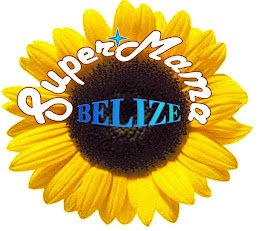
It was Crick and Watson who worked out the structure of DNA in the 1950's, but its discovery was made nearly 100 years previously by a Swiss physician called Frederick Miescher.
The man who discovered DNA, Frederick Miescher, was a young physician who worked in the laboratory of physiological chemistry of eminent scientist Felix Hoppe-Seyler. At the time of the discovery he was in his 25th year and had not long graduated from his studies.
His research interest was focused on understanding the chemistry of the cell, because of his belief that it would help to solve the problems of tissue development.
His research interest was focused on understanding the chemistry of the cell, because of his belief that it would help to solve the problems of tissue development.
The Discovery of DNA
Miescher discovered DNA in 1869 whilst studying pus-ridden bandages that were being sent to the laboratory by the local clinic. At this time the lab was working on the chemistry of body fluids, particularly blood. To that end the young physician was studying lymphocytes, though these were hard to obtain. So he was isolating leukocytes (which were thought to be derived from lymphocytes) from pus. Once these cells were prepared he managed to isolate pure nuclei, and from there he extracted a high-phosphorus containing substance, and described it.
Miescher discovered DNA in 1869 whilst studying pus-ridden bandages that were being sent to the laboratory by the local clinic. At this time the lab was working on the chemistry of body fluids, particularly blood. To that end the young physician was studying lymphocytes, though these were hard to obtain. So he was isolating leukocytes (which were thought to be derived from lymphocytes) from pus. Once these cells were prepared he managed to isolate pure nuclei, and from there he extracted a high-phosphorus containing substance, and described it.
The man who discovered DNA did not know that it was the hereditary material and he also did not call it DNA. He referred to it as 'nuclein' because it had come from the nucleus. He expected it to be present in organs such as the liver and kidney, and he also believed it to be an acid. He wrote to his uncle, "With experiments using other tissues, it seems probable to me that a whole family of such slightly varying phosphourous-containing substances will appear, as a group of nucleins, equivalent to the proteins." Thus he had discovered nucleic acid, but it was two years before his work was published because his laboratory head wanted to replicate the results.
Nuclein
So Miescher had shown that the material inside the nucleus was different from the material inside the cell cytoplasm, and indeed was not present there. This was an unconventional view at the time because scientists would have expected the same material i.e. protein to be present throughout the cell.
So Miescher had shown that the material inside the nucleus was different from the material inside the cell cytoplasm, and indeed was not present there. This was an unconventional view at the time because scientists would have expected the same material i.e. protein to be present throughout the cell.
Miescher also managed to chracterise the chemical components of this 'nuclein' acid - although not with the familiar names of bases that we're used to. He identified the components as N, C, H, O and P.
The man who discovered DNA also worked with salmon cells and managed to isolate nuclein from salmon spermatozoa. Again he did not really know what this material was for. The discovery of its true nature came many years later and by other scientists.
The man who discovered DNA also worked with salmon cells and managed to isolate nuclein from salmon spermatozoa. Again he did not really know what this material was for. The discovery of its true nature came many years later and by other scientists.











